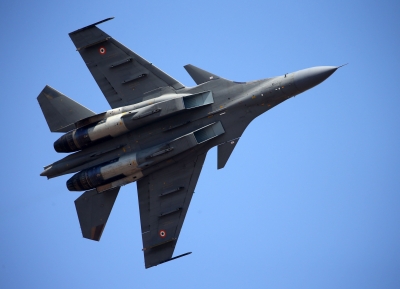
The New Generation Anti Radiation Missile (NGRAM), also called RudraM-1, was test-fired from a Su-30 MKI fighter aircraft of the Indian Air Force earlier this month. With a speed of Mach 2 (twice the speed of sound). The missile is capable of bringing down a wide range of enemy radar systems, communication networks and air defence systems within a range of up to 250 km. The missile has been designed to be launched from various fighter aircraft Currently in the inventory of the IAF. It is also equipped with state of the art radiation tracking and guidance system.
Conducting yet another test of a indigenously developed weapons system, the Defence Research and Development Organisation on Friday conducted a successful test of the New Generation Anti Radiation Missile (NGRAM) also called the Rudram-1 at the Integrated Test Range (ITR) in Balasore.
The missile has been designed to be launched from various fighter aircraft currently in the inventory of the Indian Air Force. Defence Minister Rajnath Singh tweeted, “The New Generation Anti-Radiation Missile (Rudram-1) which is India’s first indigenous anti-radiation missile developed by DRDO for Indian Air Force was tested successfully today at ITR, Balasore. Congratulations to DRDO & other stakeholders for this remarkable achievement.”
DRDO scientists said that the missile has been designed to further enhance the Suppression of Enemy Air Defence (SEAD) capability of the IAF. Anti Radiation Missiles are primarily designed to track and neutralise the radar and communication assets of the adversary. Officials said that the development of the anti radiation missiles of this type was started by the DRDO around eight years ago and has been a collaborative effort of various DRDO facilities in India.
Picture Credit : Google

